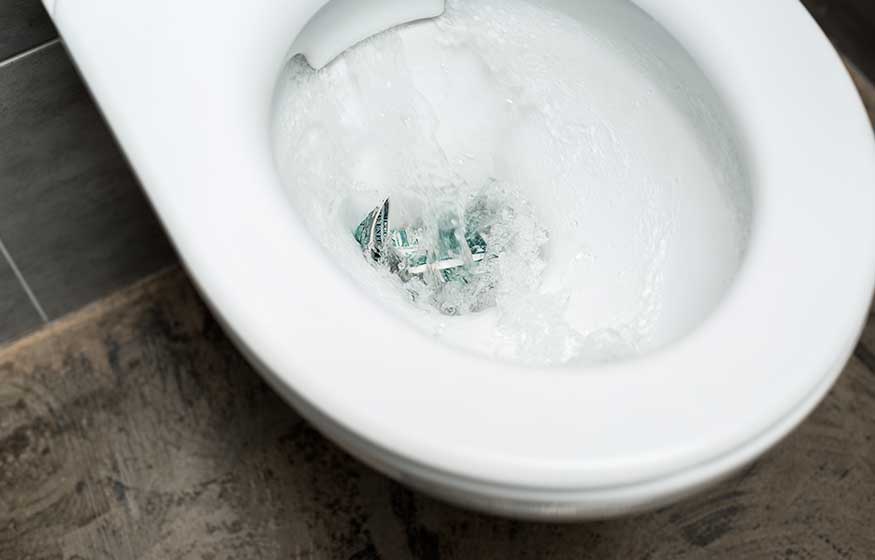Tips On How To Fix A Slow Flushing Toilet

Imagine the scene. You are ready to start your day, but your toilet is not. It is draining slow, and it is more than just a minor inconvenience. Slow flushing can lead to unpleasant odors, potential overflow, and may even signify more serious plumbing issues. Understanding the causes and potential solutions of a toilet draining slow can help you restore optimal toilet performance quickly.
Identifying the Root Cause of The Slow Flush
When a toilet is not flushing as expected, there could be several contributing factors. Mineral buildup, blockage in the pipes, or even issues with the toilet design can lead to slow draining.
Mineral deposits from hard water often accumulate over time, reducing the effectiveness of the flush. On the other hand, waste or foreign objects may create a blockage, limiting the water flow. Toilet design issues like improper venting or flawed flush mechanism might also contribute to the problem.
Swift Solutions to Speed Up the Slow Drain
Once you have identified the potential causes, you can start with the simplest solutions. If mineral buildup is causing the problem, you can remove it using a combination of vinegar and baking soda. Pour this mixture into the overflow tube in the tank, let it sit for a few hours, then flush.
In case of blockage, a plunger might help. By creating pressure, it can dislodge the blockage, allowing the water to flow freely. For stubborn blockages, a toilet snake, also known as a drain auger, can be used to break through the obstruction.
However, if the problem is due to a design flaw or a damaged component, you might need to call a plumber. Improper venting requires professional intervention to ensure proper air pressure balance in the drainage system. Similarly, if a part of the flushing mechanism is broken, it may need to be replaced.
Prevention Is Better Than Cure: Minimizing Future Slow Drains
Avoiding a toilet draining slow in the future involves a few precautionary steps. Regular cleaning, particularly in hard water areas, can help prevent mineral buildup. Regularly using a toilet cleaner containing vinegar or a specialized hard water cleaner can work wonders.
Ensure nothing except toilet paper and waste goes into the toilet. Items like wipes, diapers, and sanitary products can create blockages and should be disposed of in a trash bin instead.
It is also worth considering a periodic plumbing inspection, particularly if you live in an older home. This way, potential issues like poor venting or aging mechanisms can be identified and rectified early, preventing slow flushing toilets.
Conclusion: Restore Your Toilet’s Efficiency
Dealing with a slow flushing toilet is a common household issue, but that does not mean you have to live with it. Identifying the cause of the problem, employing the correct solution, and following preventative measures can quickly restore your toilet’s efficiency. While some remedies can be performed at home, remember not to hesitate in calling a professional plumber when necessary, ensuring your bathroom remains a place of convenience and cleanliness.
